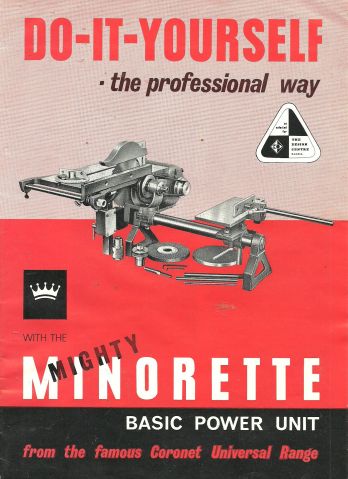I’ve recently enjoyed engaging audiences directly through performing the phrase ‘A Penny For Your Thoughts’ (5 hrs per day, over 66 days). Sitting on a pavement wearing a suit, my ‘stage’ highlighted by a hazard taped hula hoop, framed by the art venues behind, the gesture of giving juxtaposed a stereo-typical street exchange with a saying rarely seen only said; creating an anomaly which questioned expectations, sparked curiosity and incited collaboration. This project broke down the distinction between ‘art’ and ‘science’. Arts Council England’s (ACE) support confirmed it was art and I’m an artist. Doing the saying confirmed an audience would engage. Using my initiative I planned and delivered an outcome within the budget and timescale I proposed whilst effectively communicating with a wide range of people. During 29,028 (2013), walking ‘two steps forward, one step back’, up and down The Harris Flights (a temporary installation of stairs leading to the first floor balcony of The Harris Museum and Art gallery) an audience member questioned the physics of the flights, suggesting they weren’t steps – an accurate observation as they were re-appropriated stadium seats.
My interest in ‘art’ and ‘science’ originated whilst studying psychology: trying to comprehend anecdotal ‘individual differences’ with the scientific requisite for statistical significance in a sample space. At about the same time I saw Mark Quinn’s work Self (1991) and thought “I could do that” – express ideas visually. The word and is essential to breaking down the distinctions between ‘art’ and ‘science’, it isn’t one or the other but black and white, yin and yang, nature and nurture, waves and particles, a continuity. Quantum Physics suggests sameness, a wave is a particle and vice versa but what we see depends on the act(ion) of observation. Beuys alleged we’re all artists but we could replace artist with scientist. Both begin with observation, elicit critical thinking and require repetition. We test things.
This commission would benefit my artistic development by enabling me to continue working full time as an artist, without seeking alternative employment. A successful residency creates confidence around my practice and a CV requires an accumulation of evidence, proof. I can do this because I did that; one example, one anecdote, one single piece of data is not enough, it may have been luck. This process is similar to scientists submitting articles for peer review. Embedded as AIR in the frame of this festival is an opportunity to operate and relate in the ‘contact zones’; build bridges between the science, the scientists and the audience, creating the conditions to connect, co-operate and collaborate. An initial idea for directly engaging the public would be to ask questions about the science behind complementary pairs of phrases. Is there some scientific ‘truth’ in hackneyed housewife heuristics handed down through generations? Do too many cooks spoil the broth? Or do many hands make light work? In The Cannon: The Beautiful Basics of Science Natalie Angier suggests everyone should buy a stereo microscope[1] “to examine the decidua of everyday life”. Ninety nine years ago Ernest Rutherford discovered how to split the atom, the audience and I could see split hairs (heirs) under stereo microscopes testing the language of our daily lives to give a new perspective about the way our world and our words work, to produce an artistic response.
[1] “The stereo microscope is an optical microscope designed for low magnification observation of a sample, typically using light reflected from the surface of an object rather than transmitted through it.”
